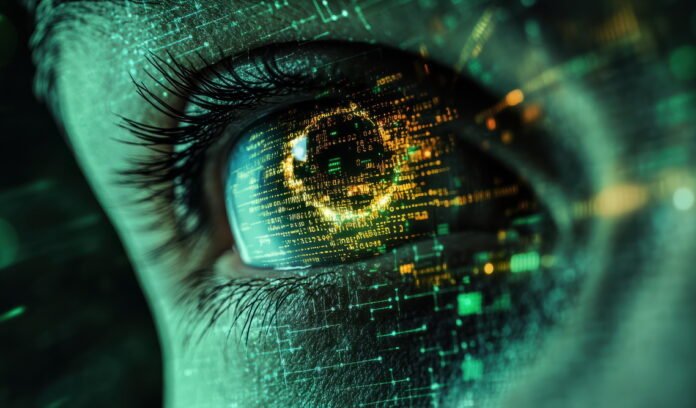The complex science of dark web threat detection has changed how organizations and their security teams approach cybersecurity. The great thing about dark web threat detection and intelligence is that it is always evolving. One of the current bright spots in this space is the emergence of artificial intelligence (AI) as a threat intelligence tool.
One could make the case that AI is shaping the future of dark web threat detection. The big question is, how? By providing better data, better analytics, and predictive capabilities.
Dark Web Threat Detection Is Data Driven
The first thing to note is that dark web threat detection is a data driven exercise. Identifying threats starts with the right data. The data is analyzed and then passed on to analysts and investigators. Meanwhile, the same data informs threat scoring strategies.
Check out how AI is shaping data gathering and analysis:
- Advanced Processing – AI-powered systems can gather and process vast amounts of data at speeds that were unthinkable a decade ago. Moreover, AI is capable of identifying patterns and anomalies most human beings would miss.
- Data Crawling – Gleaning valuable data from the dark web requires crawling the space. AI automates the crawling process for greater efficiency and accuracy. It also reduces the likelihood of overlooking threats that do not seem so obvious.
AI has an advantage over the human brain in that it is not overwhelmed by large volumes of data. This makes it more suitable to sift through large data sets to identify and analyze the most critical data.
Threat Detection and Natural Language Processing
Dark web threat detection is not exclusive to computer hardware and software systems. There are actual humans involved, mainly as analysts and investigators. Here’s something you might not know about this select group of security experts: they have to be very good with linguistics.
In a recent post on its website, DarkOwl discusses exactly what threat detection analysts and investigators do. They take the information provided through dark web intelligence platforms and then go in search of potential threats and threat actors. The analysts interviewed for the post explained how linguistics is involved.
Analysts and investigators need to understand how threat actors talk. They need to understand the language used along with the backdrop of each threat actor culture. What does this have to do with AI? Everything.
As AI has been integrated with language models (LLMs), the former has gotten better at natural language processing (NLP). In turn, AI-powered dark web threat detection has gotten better. Better use of language means and increased ability to identify threats in the earliest possible stages.
Real-time Threat Intelligence
All the threat intelligence data in the world is of little value if it’s outdated. These days, staying abreast of dark web threats requires having real-time data. Cybersecurity teams cannot wait when an attack could be launched at any time. And once again, AI shines brightly in this particular area.
Through big data harvesting, predictive analytics, and other capabilities, AI-powered systems are more than capable of providing real time alerts and analyses. Organizations can respond proactively instead of waiting until threats show up at the doorstep.
Better Intelligence Across the Board
Everything this post has covered boils down to better intelligence across the board. As intelligence improves, so does dark web threat detection. By bringing AI to the table, service providers and platform developers are slowly turning the tide on cybersecurity. They are also shaping the future of dark web threat detection by making it smarter, stronger, and better able to warn potential targets before significant damages done.



